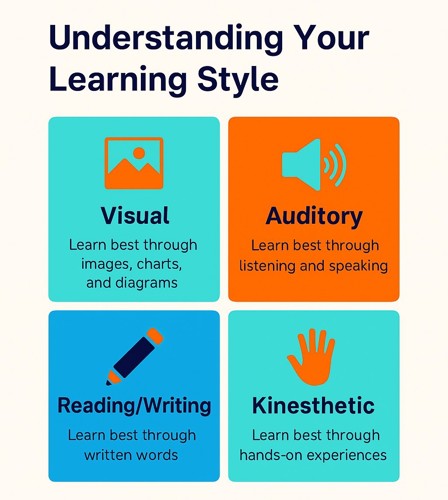Every paramedic knows that learning never stops, from onboarding to advanced training and continuing professional development (CPD). But how you learn might be just as important as what you learn. Understanding your individual learning style can help you absorb information more effectively, improve performance under pressure, and make career progression feel more achievable.

One of the most well-known frameworks for identifying learning preferences is the VARK model, which categorises learning into four main styles: Visual, Auditory, Reading/Writing, and Kinesthetic. Let’s explore what each of these looks like in a paramedic’s world.
🔹 Visual Learners
How they learn best: Through diagrams, charts, flowcharts, and visual aids.
In action: A visual learner might find it easier to remember a treatment algorithm if they draw it out themselves or use colour-coded notes. Watching videos of clinical procedures can also help reinforce key steps.
Paramedic Tip: Sketch out the scene setup for major trauma or map out a case flow during study sessions.
🔹 Auditory Learners
How they learn best: Through listening, discussion, and verbal repetition.
In action: Auditory learners may retain more from talking through a clinical scenario with a colleague or participating in a group debrief after a shift. Podcasts and recorded lectures are great tools for this learning type.
Paramedic Tip: Record yourself reading key protocols aloud and listen to them during commutes.
🔹 Reading/Writing Learners
How they learn best: By engaging with written material like textbooks, lists, and note-taking.
In action: This learner thrives when rewriting case summaries, creating flashcards, or summarising clinical guidelines.
Paramedic Tip: Rewriting protocols in your own words or summarising key takeaways from a CPD module can reinforce learning.
🔹 Kinesthetic Learners
How they learn best: By doing—through hands-on practice, roleplay, and movement.
In action: Kinesthetic learners often prefer simulations, practical drills, or tactile engagement like setting up and packing down kits.
Paramedic Tip: Recreate clinical scenarios with a team member or practice key interventions repeatedly in a safe training space.
💡 Why Learning Styles Matter for Paramedics
Paramedics work in high-pressure, fast-paced environments where clear thinking and rapid recall of clinical knowledge are essential. Matching your study or training approach to your learning style helps boost retention, build confidence, and improve clinical decision-making.
And when it comes to career planning, whether you're pursuing a specialty, prepping for a promotion, or refreshing your knowledge, knowing how you learn best can give you an edge.
➡️ What’s Next?
Stay tuned later this week as we explore how you can identify your preferred learning style and how to adapt your learning habits for long-term success. Understanding yourself as a learner is a powerful step in taking charge of your career.

